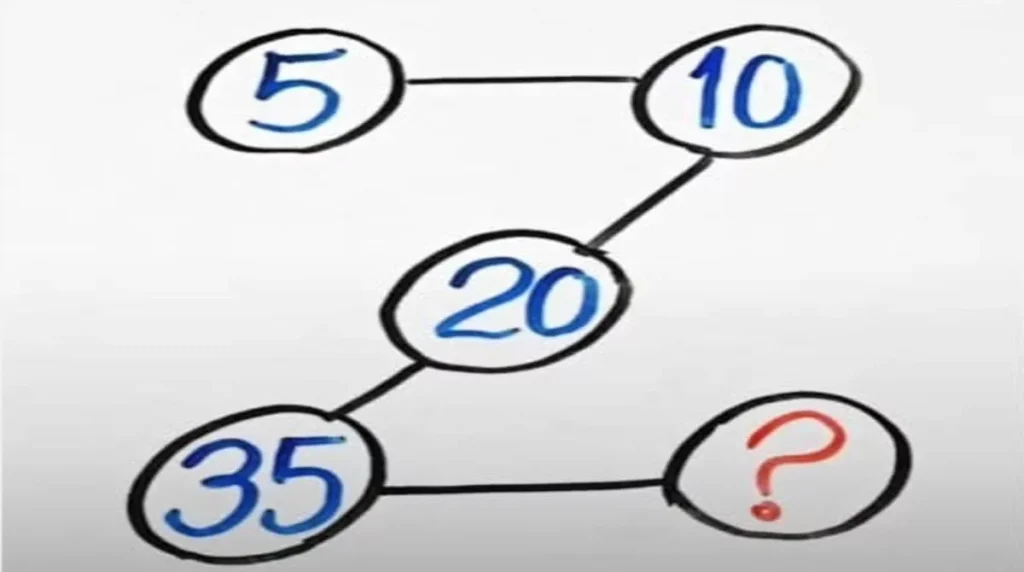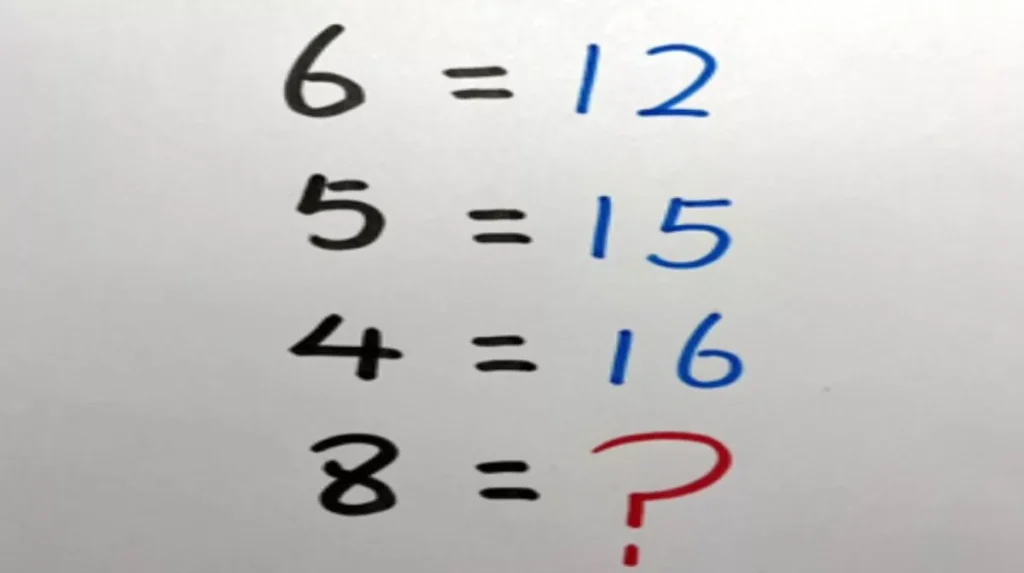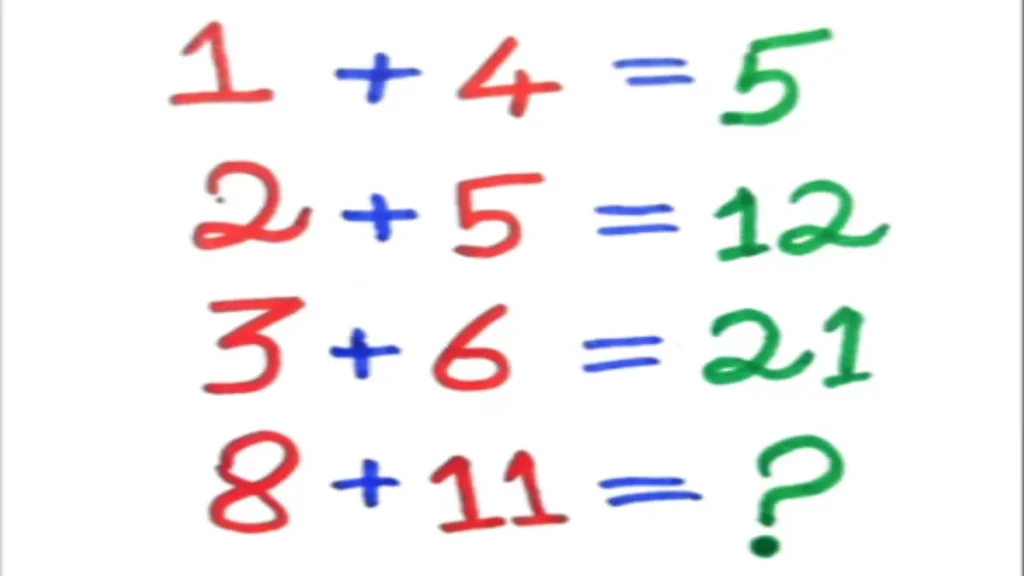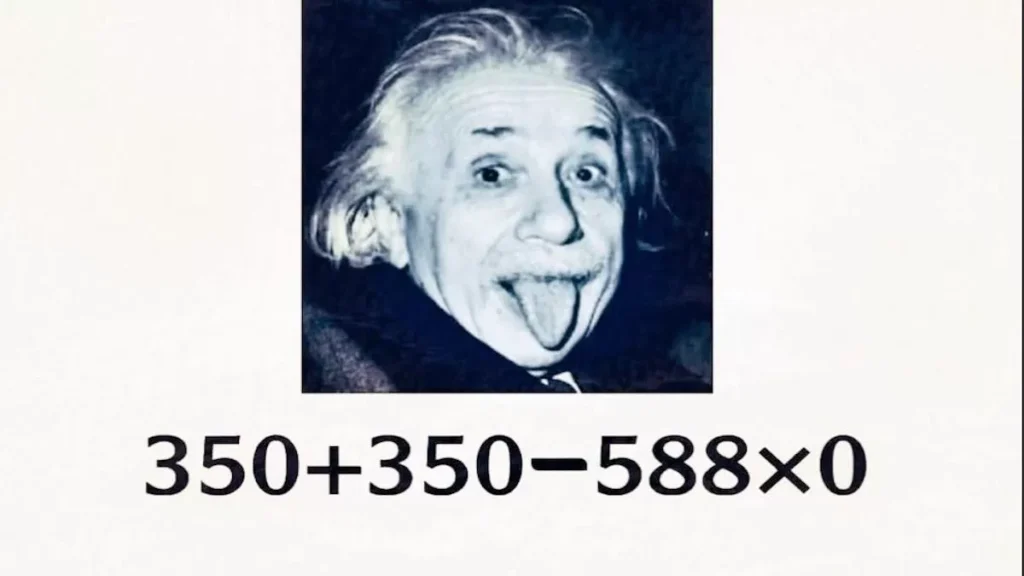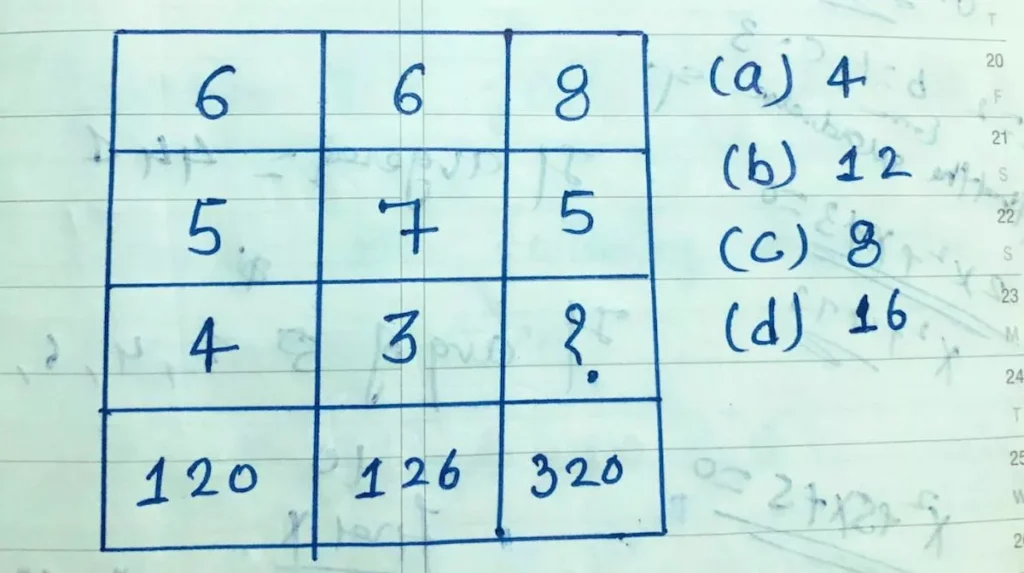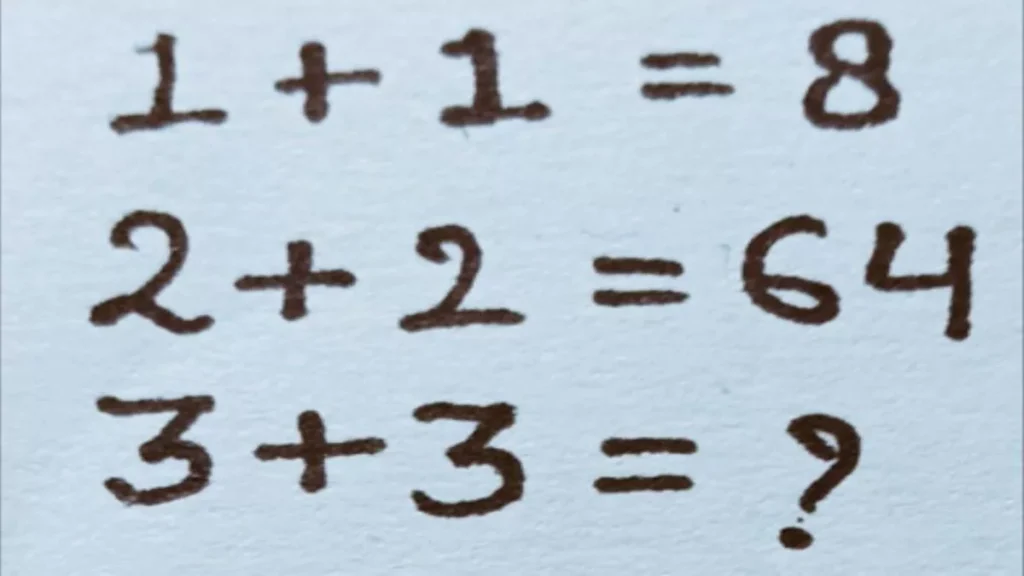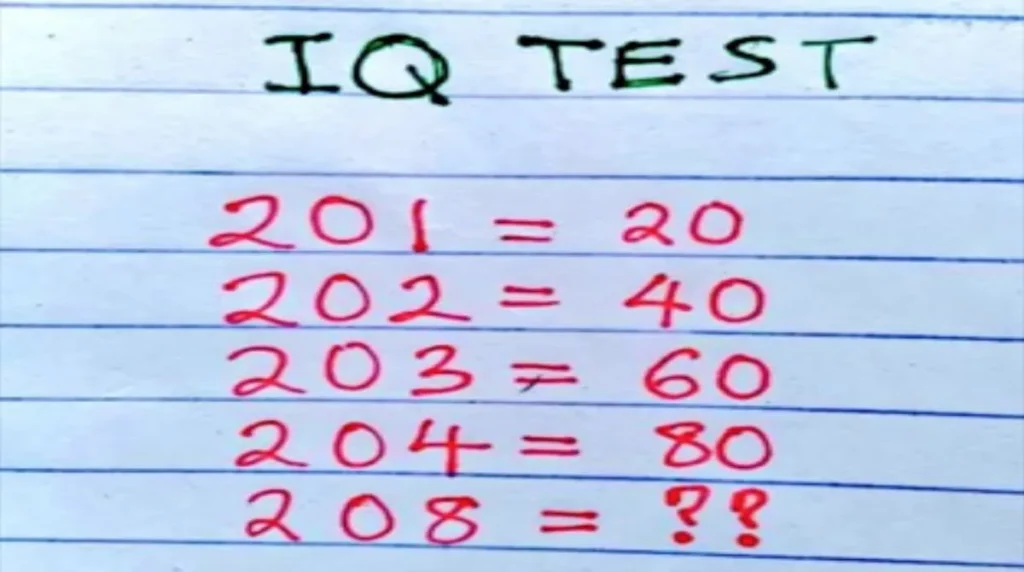A Fascinating Math Puzzle Goes Viral on Social Media
An interesting math puzzle recently shared on social media has captured the attention of many internet users due to its use of unusual numbers. Puzzles come in various forms: some are entertaining riddles suitable for all ages, designed to challenge your logic.
Others play with visual perception. Then there are math puzzles that require genuine calculation skills.
If you enjoy tackling complex problems, a new challenge circulating online might just captivate you.
The Puzzle That Makes You Think
Here is the riddle that left many users scratching their heads:
“5 = 30, 4 = 20, 3 = 12, 1 = ?”
At first glance, this seems like a simple association game.
However, a closer look reveals a hidden logic.
And that’s where things get interesting.
A Viral Challenge as An Appetizer
A few days prior, another math puzzle had made waves online.
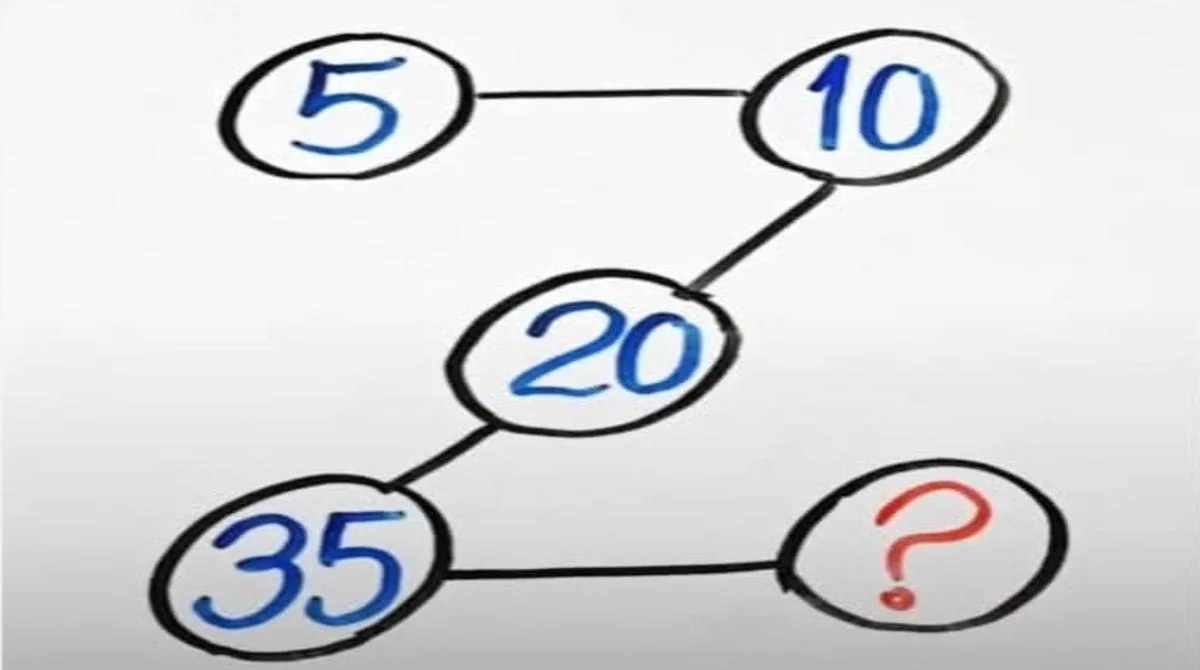
Users were tasked with finding the missing number in the last cell.
This shape recognition puzzle seemed simple, yet it concealed a clever solution that had many deep in thought.
Your Turn to Play!
As these puzzles continue to delight a wide online audience, one thing is certain: the internet loves well-crafted riddles.
And if you’re someone who enjoys numerical challenges, now might be your moment to shine.
Why Are Math Puzzles So Captivating?
What makes these riddles so popular?
It’s simple: they provide the pleasure of solving a challenge that seems easy… but isn’t quite so straightforward.
Math puzzles test your logical reasoning, calculation skills, pattern recognition, and even your creativity.
They spark debates, stimulate critical thinking, and offer a fun mental workout—often in under a minute.
This is exactly what it takes to grab attention on social media.
Here’s the Answer We Found:
We are given the following equations:
5 = 30
4 = 20
3 = 12
1 = ?
Let’s search for a logical pattern. Observing each equation:
Let’s take 5 = 30
5 × (5 – 1) = 5 × 4 = 20 → that doesn’t work for 30
Let’s instead try this:
5 + (5 × 5) = 5 + 25 = 30
4 + (4 × 4) = 4 + 16 = 20
3 + (3 × 3) = 3 + 9 = 12
So the logic seems to be:
n + (n × n) = result
Or, in other words: n + n²
Let’s apply the same logic to 1:
1 + (1 × 1) = 1 + 1 = 2
Possible answer: 2
And don’t forget, if you don’t want to keep enjoying tests and challenges, definitely do not click here.

